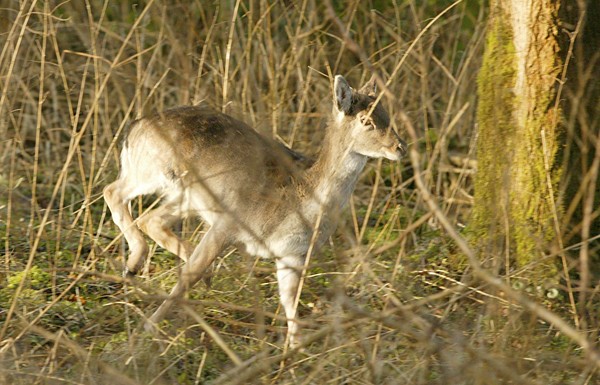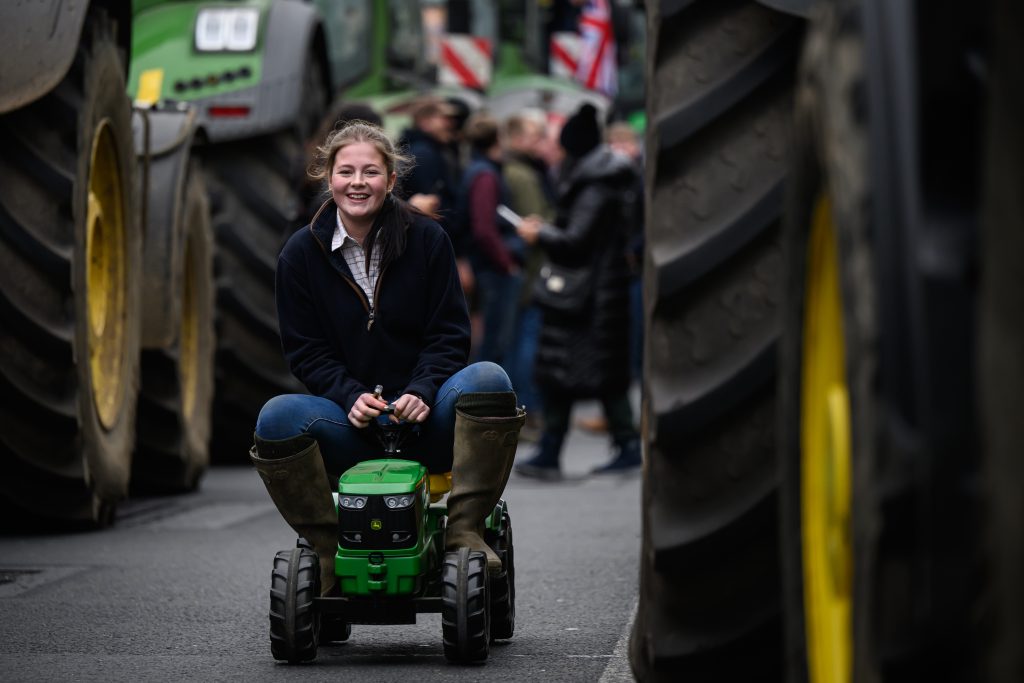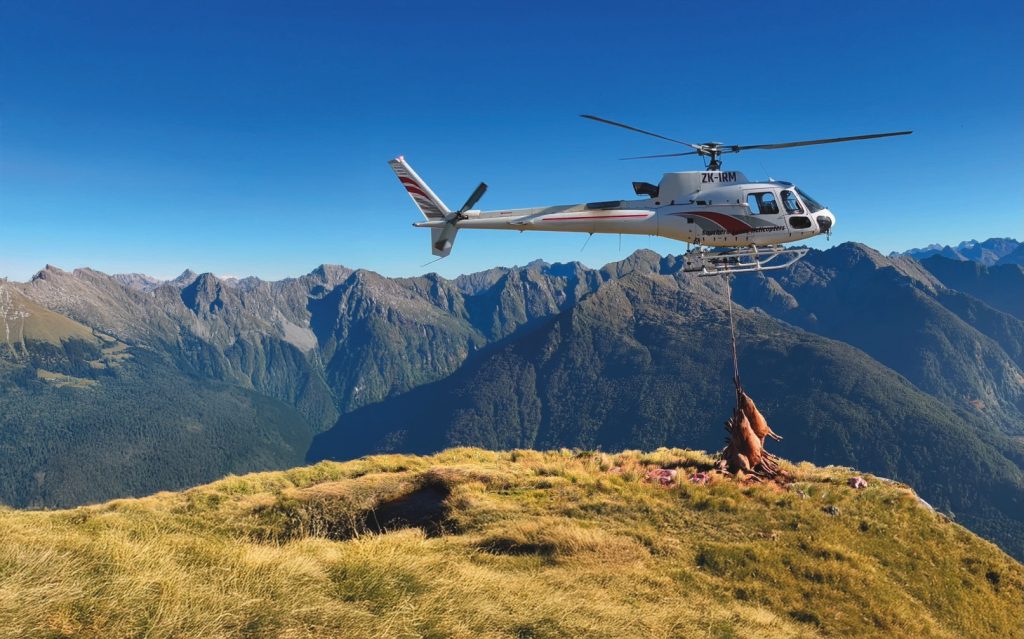Win CENS ProFlex DX5 earplugs worth £1,149 – enter here
The human presence
<strong>How deer become aware of our behaviour</strong>

In a recent article, I stressed the importance to stalkers of understanding not only the day-to-day motivations of deer, but also of interpreting their body language ? whether they are at ease, alert, likely to run off and so on (What are they thinking? 27 June). But how about the deer?s reading of our own body language?
So that life can go on when a predator appears, its potential prey needs to assess if it is in hunting mood or not. Everyone has seen films of antelopes and zebras feeding peacefully while a pride of lions walks past them. Rabbits and foxes are the same: if they were in a constant state of alarm they would never get a bite to eat, and that is as important to survival as not getting eaten themselves. In the context of stalking on our crowded island, if a deer took instant flight whenever a human appeared, it would probably run the risk of crossing roads and getting squashed by a car or ending up in a housing estate.
Distinguishing dangers
The extraordinary expansion of our deer population over the past half-century is due in no small part to their ability to live successfully close to people. The smaller species in particular get used to human activities, relying to some extent on remaining immobile and unseen, but also changing their timetables to avoid our busy periods. More than this, they develop an ability to distinguish threatening actions from noisy but harmless activities. Make no mistake about it ? deer are not fools!
Most deer enthusiasts will, at one time or another, have joined a party to look at park deer. While the group is together, talking and even wielding binoculars, the deer will probably take little notice. Sooner or later, however, someone wants a better picture and advances, camera ready, behind a tree. The result? Panic.
No pressure
Any professional stalker will have seen the differing ways of his successive clients relative to their individual levels of success. I remember two friends who always came together for their week. One was small and fiery, forever asking if I knew of a gold-medal buck for him. He was the sort of chap who, after sitting for an hour in a high seat, begins to think that somewhere else would be better and moves off just when the chosen buck was due to emerge. His friend was huge, easy-going and ready enough to shoot a yearling buck if I asked him to, or if nothing else was on offer. He was relaxed and ready to enjoy himself, no matter what turned up. Why was it that year after year, the best trophy of the week came to his rifle?
Another case was a successful businessman, a good and knowledgeable stalker, who came to his own stalking grounds from London each Friday evening, tired and stressed like a taut wire. That evening and most of the following day he would charge through the woods, his stalker practically trotting to keep up. By the second evening he had slowed to a brisk walk, but it was only on Sunday morning that he would really start stalking properly and get the chance of a buck. Then it was back to work and the whole thing started again.
Don?t be too much of a predator
As stalkers we are major predators, but we can?t afford to advertise the fact. Stalking in dense woodland requires enormous care, concentration and the ability to merge as far as possible not only into the colour-scheme of the wood, but also into its underlying tempo, so that stalking becomes so all-absorbing it is almost trance-like. This cannot be achieved if you are tired or have overbearing worries. If you have, it?s better to sit quietly in a high seat or go carp fishing with a green tent to sleep in.
Accustomed to humans
Most woods are hosts to a number of human activities, many of which the deer learn to accept, provided the same activities are regularly repeated and prove to be harmless. Public access is commonplace these days, and it is surprising how deer life continues unaffected, provided walkers keep to paths and don?t allow their dogs to range around uncontrolled. However, an orienteering event may temporarily clear a wood because competitors leave the accepted rides and invade the deer?s own coverts. Even pheasant shooting at reasonable intervals through the season does not concern roe too much because they can slip out of one drive into another which, perhaps, has already been beaten out or is not on the list for that day ? and don?t think for a moment that the deer are ignorant of the plan of each drive!
Some very intensive shoots with many big days to fix each year give rise to excessive disturbance and become deer-unfriendly until February. Fallow are less tolerant of gameshooting than roe and tend to drift away during the shooting season to quieter corners.
Forestry operations might seem to be devastating to the deer but rarely affect the entire wood. Everything quietens down around 5pm each day and browsing can then take advantage of fallen foliage. Eventually what has been done in letting in the sunlight gives rise to excellent deer browse and cover for the next few years, actually increasing the deer-holding capacity of the habitat.
Farm-living deer, and also woodland dwellers to some extent, recognise individuals and even particular vehicles. If the keeper doesn?t himself shoot deer, his movements will be tolerated; tractordrivers the same. But at one time I had a Land Rover that was similar in appearance (though more battered) than the one driven by the farm manager. Even so, he could drive around the fields and the deer would just stare at him as he passed. Though I never shot from my vehicle, if I tried to do the same they vanished. There must have been something about the sound of the engine that they took as a signal of danger. We would do so much better not to underestimate our adversaries!
Related Articles
Get the latest news delivered direct to your door
Subscribe to Shooting Times & Country
Discover the ultimate companion for field sports enthusiasts with Shooting Times & Country Magazine, the UK’s leading weekly publication that has been at the forefront of shooting culture since 1882. Subscribers gain access to expert tips, comprehensive gear reviews, seasonal advice and a vibrant community of like-minded shooters.
Save on shop price when you subscribe with weekly issues featuring in-depth articles on gundog training, exclusive member offers and access to the digital back issue library. A Shooting Times & Country subscription is more than a magazine, don’t just read about the countryside; immerse yourself in its most authoritative and engaging publication.







